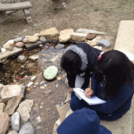
Students will take temperature readings and collect anecdotal evidence to determine how different materials absorb the sun's heat.
- Subject:
- Physical Science
- Material Type:
- Lesson Plan
- Author:
- rgothaii@rgdeuceenterprises.com
- Date Added:
- 07/22/2021

Students will take temperature readings and collect anecdotal evidence to determine how different materials absorb the sun's heat.

Building on the programming basics learned so far in the unit, students next learn how to program using sensors rather than by specifying exact durations. They start with an examination of algorithms and move to an understanding of conditional commands (until, then), which require the use of wait blocks. Working with the LEGO MINDSTORMS(TM) NXT robots and software, they learn about wait blocks and how to use them in conjunction with move blocks set with unlimited duration. To help with comprehension and prepare them for the associated activity programming challenges, volunteer students act out a maze demo and student groups conclude by programming LEGO robots to navigate a simple maze using wait block programming. A PowerPoint® presentation, a worksheet and pre/post quizzes are provided.
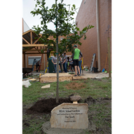
Students will explore trees in their outdoor classroom, learn about the important functions that trees serve and devise ways to conserve trees by changing human behaviors: recycling, etc.

Students are provided with a rigorous background in human "sensors" (including information on the main five senses, sensor anatomies, and nervous system process) and their engineering equivalents, setting the stage for three associated activities involving sound sensors on LEGO® robots. As they learn how robots receive input from sensors, transmit signals and make decisions about how to move, students reinforce their understanding of the human body's sensory process.
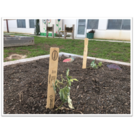
Students will read the complex text on pest damage and use the outdoor space to verify or deny the content of the text in the real-world setting.
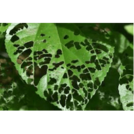
Students will read the complex text on pest damage and use the outdoor space to verify or deny the content of the text in the real-world setting.
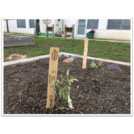
Students will read the complex text on pest damage and use the outdoor space to verify or deny the content of the text in the real-world setting.
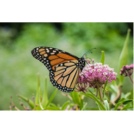
Some living things and their offspring have traits that are similar, but not exactly alike. Students will identify the traits of different plants in the garden.
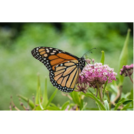
Some living things and their offspring have traits that are similar, but not exactly alike. Students will identify the traits of different plants in the garden.
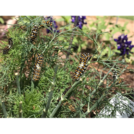
Some living things and their offspring have traits that are similar, but not exactly alike. Students will identify the traits of different plants in the garden.
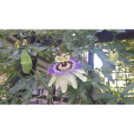
Students will explore the garden/outdoor classroom for examples of different plant structures and determine how plants use these structures to meet their needs.
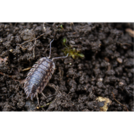
Students investigate how living and non- living elements interact with one another in an ecosystem by observing interactions in the garden.
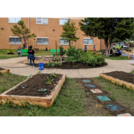
Students will use knowledge of ecosystems and living and non-living things to classify objects they find outdoors and create simple food chains.

Through an overview of some of the environmental challenges facing the growing and evolving country of China today, students learn about the effects of indoor and outdoor air pollution that China is struggling to curb with the help of engineers and scientists. This includes the sources of particulate matter 2.5 and carbon dioxide, and air pollution impacts on the health of people and the environment.
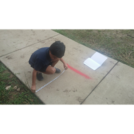
In this lesson, students will choose a feature in the outdoor classroom to measure using a selected tool (tape, ruler, or yard/meter stick). They will sketch feature and label its dimensions.
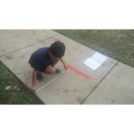
In this lesson, students will choose a feature in the outdoor classroom to measure using a selected tool (tape, ruler, or yard/meter stick). They will sketch feature and label its dimensions.

In this lesson, students will develop fluency for splitting numbers into tens and ones by applying the concept to the concrete example of leaves on plants.

ttt

Students will use their knowledge of life cycles to find evidence of various plant life cycles and compare to that of frogs, beetles, butterflies.
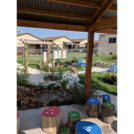
Students will use knowledge of the sun's characteristics to find evidence in the outdoor classroom that support various scientific claims.